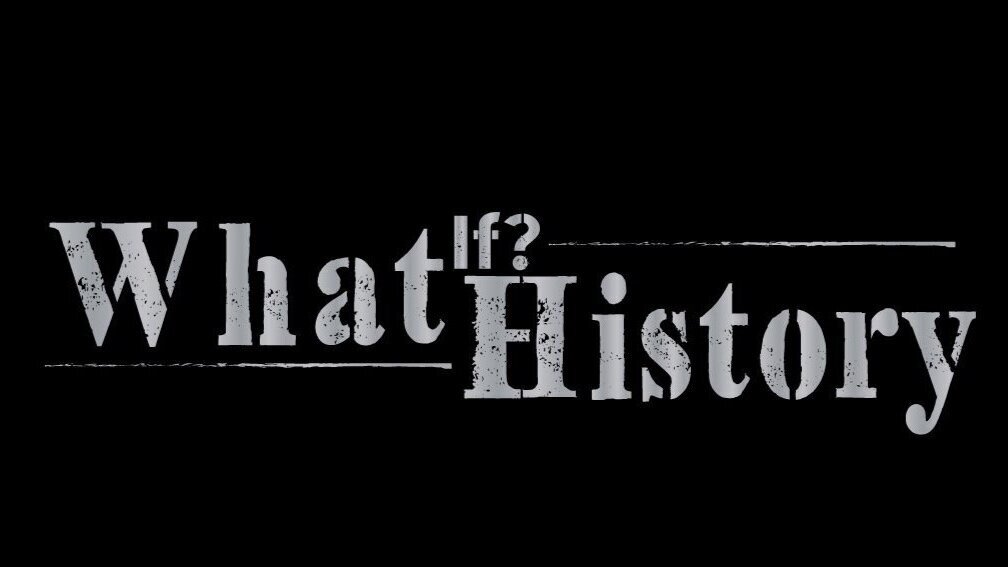General MacArthur Misses Historic Opportunity
The date was December 8th, 1941. The time was 3:40 in the Morning. General Douglas MacArthur, laid in bed when his chief of staff called to alert him that Pearl Harbor had been attacked by naval forces of the Empire of Japan. America was at war and it was time to activate war plans that had been prepared for this very eventuality.
Within 90 minutes Major General Brereton the chief of MacArthur’s air corp was at the headquarters, requesting permission to launch a B-17 strike against Formosa per the plans in place. Stationed in the Philippines were possibly the largest concentration of the B-17 bomber in existence yet, 35 of the 170 planned to occupy bases. 17 of them were stationed at Clark Airfield, capable of striking out at the Japanese island of Formosa. The war plans called for the flight of 17 bombers to launch an attack while the 18 other bombers would move up to Clark for fuel and set out on their own bombing missions.
General MacArthur approves the launch and the bombers take flight, launching a strike against airfields on Formosa that were capable of striking the Philippines. Japanese bombers are on the tarmac, loaded with bombs for their own strike but not yet airborne. The base was not heavily guarded with AA fire and the bombers get through inflicting heavy casualties on Japanese forces. The airbase in southern Formosa, the only one capable of striking Clark airfield is rendered out of commission and precious time is bought to reinforce the Philippines. B-17s are able to fly missions against Japanese ground forces that landed in the Philippines and halt their steady advance, buying even more time for American forces to setup proper defenses.
Unfortunately none of this happened as described above. It wasn’t until 12:30PM, over 8 hours after word had reached General MacArthur of the attack against Pearl Harbor, and being instructed by Washington DC to execute war plans against Japan that involved striking Formosa, that General MacArthur authorized the airstrike.
Instead of a devastating strike that could have provided much needed relief in the Pacific theater and helped slow the advance of Japanese forces, all 17 B-17s stationed at Clark airfield were destroyed or damaged beyond repair and the airfield was devastated with no strikes able to be launched from it. This limited tactical and strategic plans. General Brereton is questioned hard about how he could let his planes get caught on the ground so long after the Pearl Harbor strike. General Brereton showed how he pleaded multiple times to be allowed to launch a strike and was either ignored or rebuffed by General MacArthur.
Why? Why would General MacArthur not allow a strike? Much speculation exists on this point but no concrete reason has ever been established. One of the best opinions is that MacArthur, who was very close with the President of the Philippines, President Quezon, and his friendship with him and love of the people of the Philippines made him hope that if he did not launch a strike from the Philippines they might be seen as neutral in the war. If this is true, history has shown this was fool hardy at best and disastrous at worst.
What if those bombers had launched a strike on Formosa? Japanese commanders admit that the base was lightly defended and due to heavy fog their bombers were sitting on the airfield bombed up and fueled. Could this have extended the conflict in the Philippines? Could the entire Pacific Theater have been changed by this one decision? As always we ask, What If?



